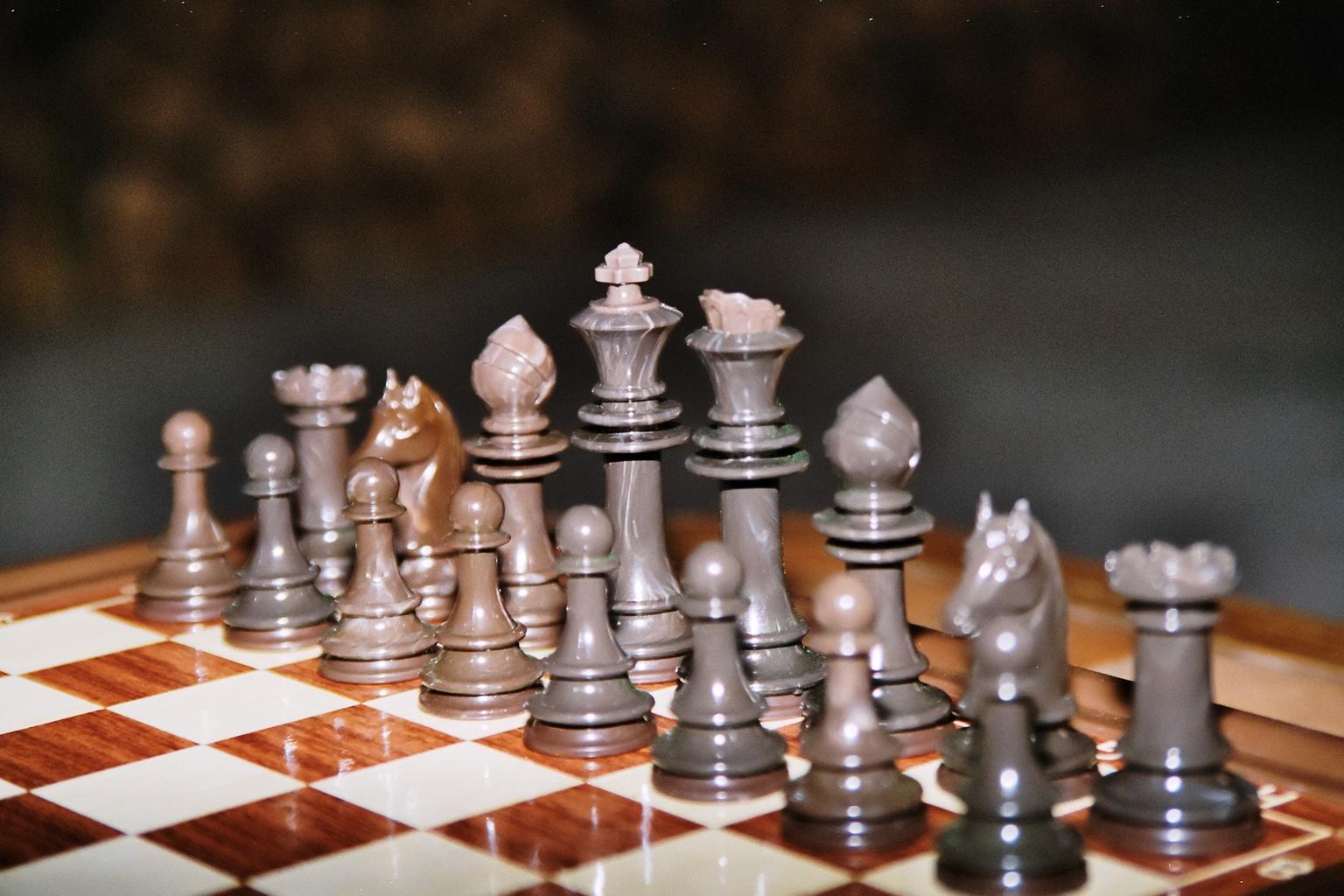

You’re sitting on the train, killing time before your stop, and a thought crosses your mind – how can you sharpen your chess tactical skills on the go? The answer is likely solving chess puzzles in mobile apps. This is a great way for any chess player to improve.
Maybe you are looking to improve your abilities, or perhaps you want something engaging to pass the time such as role playing with chess tactics. Solving chess puzzles in mobile apps helps you do it. This presents a good solution for players of all skill levels.
Chess puzzles have long been used to help improve one’s abilities. People often use mobile apps or web browsers, to learn chess and improve their game. Access to these apps provides convenient training.
You’ve likely faced situations in games where a single tactical oversight cost you dearly. Perhaps you were doing well but a missed fork or pin changed everything for the worse. Dedicated chess training is important to practice key tactical patterns.
Imagine being able to fix weaknesses anywhere. Now you can fit meaningful chess study into even the busiest of schedules. This helps those that love chess, practice on the go.
There are a wide range of choices to practice on mobile apps . Many allow you to pick various methods of solving problems. Many apps offer main menu options to easily get to different areas within the app.
Many apps offer a “daily puzzle” mode. This feature helps keep your training routine fresh. A fresh challenge appearing regularly provides newness and game analysis.
One app at smilesbitcoin.com offers players the option to solve chess puzzles for Bitcoin rewards .
You might come across puzzle packs available offline. These can let you study chess anywhere. If there is limited data coverage this would still work.
There is a progressive learning model. It provides access to randomly selected puzzles aligned with your capability.
Sometimes, there might be value in finding ways to address specific gaps in pattern recognition. Martin Bennedik’s ChessPuzzle.net is focused on training solutions.
This web-based platform allows users to select specific types of puzzles through a filter system. It even provides video explainers. See some of Bennedik’s blog content for an example of explanations that he does.
Want a more customized and personalized learning path? Consider taking greater ownership by producing material you want. There are ways to facilitate that, with tools to help.
It has been shown, that there are puzzle creators that help in this case. An example is MichalRyszardWojcik’s chess puzzle editor on apronus.com .
Users are empowered to specify the setup they’re interested in exploring. This way, scenarios that need additional focus can get that priority. You can get an understanding of puzzles this editor can make, as well.
Security should always be kept in mind when deciding what you want to use on a regular basis. Make sure to be aware of each app’s privacy policy . Reports show the amount of risks in using apps can vary dramatically.
Another point often brought up about puzzle apps relates to perceived inaccuracies or alternative solutions. Occasionally, you encounter scenarios where alternative valid moves, apart from the intended solution, also lead to success. Some find this very disruptive to learning.
In reality though, even grandmasters don’t always play the objectively “best” moves. If a choice takes you from a balanced game state to a highly winning position, it’s valid. Even if another would be technically superior by fractions of a point according to computers.
Imagine you’ve played an interesting online rapid game that concluded with a fascinating, albeit missed, tactical sequence. How would you go about loading such a scenario into a puzzle solver?
Let’s run through the steps:
Beyond typical apps that were described earlier, explore alternative approaches.
Lichess and Chess.com host substantial online resources in addition to apps. Their analysis boards facilitate loading customized problems and scenarios for later review. Those often connect with account management for easier re access in the future. You can usually sign in with your Google sign in credentials, as well.
These analysis setups help facilitate user creativity to come up with scenarios for exploring or practice content creation capabilities. It provides further value for various chess players.
Are paid features of major puzzle applications really a requirement? It will truly depend. Free functionality might cover essentials such as offline training and solving through a set rating progression.
Subscriptions sometimes enhance reporting or help filter practice by a theme. This gives further options to improve your skill level.
It really depends on what is practical. Some will always use free.
Ultimately, solving chess puzzles in mobile apps helps enhance skills efficiently. Addressing specific points raised regarding puzzle construction, like solution alternatives is crucial. Personal choices vary with different features, for different chess players of all skill levels.
Having control allows tailoring studies in ways you prefer. Learning can adapt to your needs. So think about ways for a personalized and evolving learning path to the game of chess.
Using mobile apps, helps provide easy options, instead of the old static ways of training. Improving your chess skills can now happen anywhere.
When it comes to keeping your home comfortable while minimizing energy costs, the roofing material…
Ensuring optimal comfort in your home hinges largely on the reliability of your air conditioning…
In the evolving landscape of childcare, families are increasingly faced with the challenge of securing…
In Ontario, Silverback Steam Boilers & Heating Rentals distinguishes itself as a premier provider of…
When planning luxury networking events, selecting the right venue is pivotal. An ideal location not…
In considering ways to engage deeply with the splendor of the great outdoors, few activities…